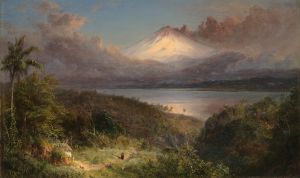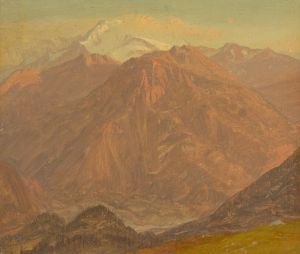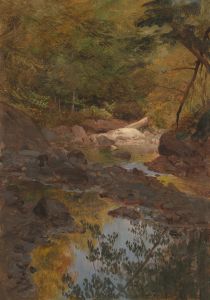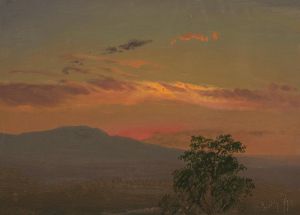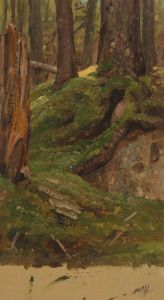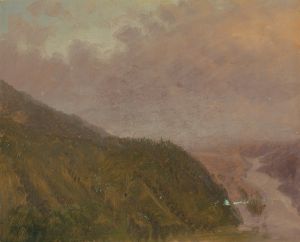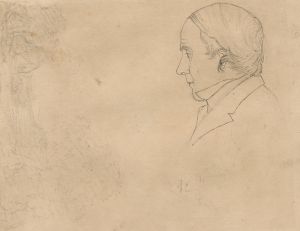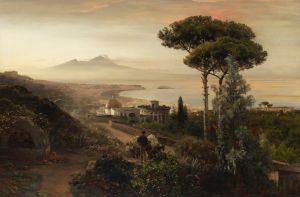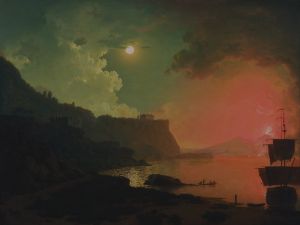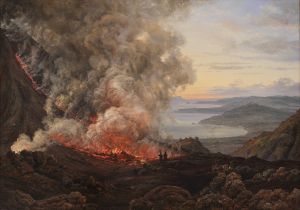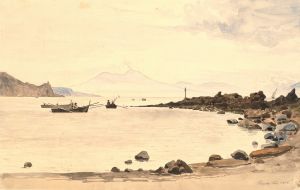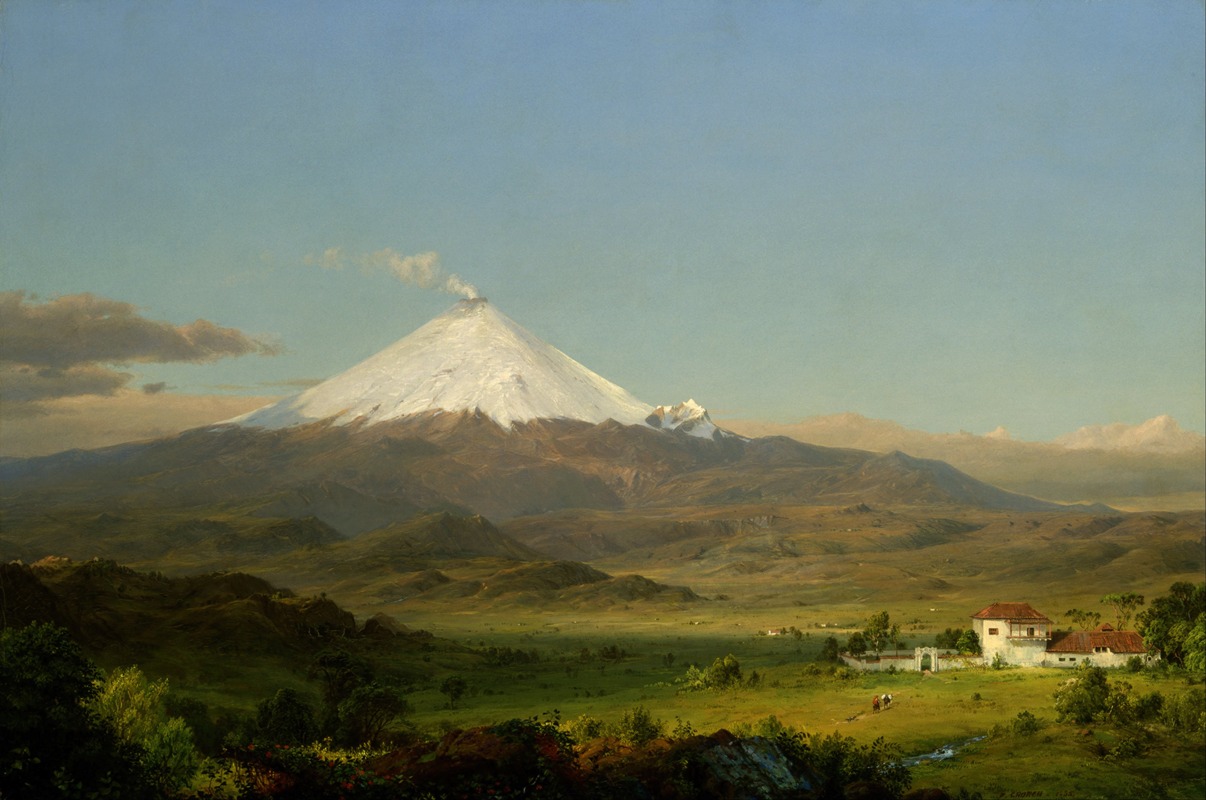
Cotopaxi
A hand-painted replica of Frederic Edwin Church’s masterpiece Cotopaxi, meticulously crafted by professional artists to capture the true essence of the original. Each piece is created with museum-quality canvas and rare mineral pigments, carefully painted by experienced artists with delicate brushstrokes and rich, layered colors to perfectly recreate the texture of the original artwork. Unlike machine-printed reproductions, this hand-painted version brings the painting to life, infused with the artist’s emotions and skill in every stroke. Whether for personal collection or home decoration, it instantly elevates the artistic atmosphere of any space.
"Cotopaxi" is a renowned painting by the American landscape artist Frederic Edwin Church, completed in 1862. Church was a central figure in the Hudson River School, a mid-19th century American art movement known for its realistic and detailed portrayals of nature, often imbued with romanticism and a sense of the sublime.
The painting depicts the Cotopaxi volcano in Ecuador, one of the highest active volcanoes in the world. Church's interest in South American landscapes was influenced by the writings of the German naturalist and explorer Alexander von Humboldt, whose works inspired many 19th-century artists and scientists. Humboldt's detailed descriptions of the Andes and their volcanic activity fascinated Church, prompting him to travel to South America in 1853 and 1857 to observe and sketch the landscapes firsthand.
In "Cotopaxi," Church captures the dramatic eruption of the volcano, with a plume of smoke and ash billowing into the sky. The painting is characterized by its vivid colors and meticulous attention to detail, which are hallmarks of Church's style. The foreground features a serene lake with lush vegetation, contrasting sharply with the violent eruption in the background. This juxtaposition of tranquility and chaos is a recurring theme in Church's work, reflecting the awe-inspiring power of nature.
The painting is also notable for its symbolic elements. The rising sun in the background can be interpreted as a symbol of hope and renewal, while the erupting volcano represents destruction and the raw power of nature. This duality may reflect the turbulent period in American history during which the painting was created, as the United States was in the midst of the Civil War. Some art historians suggest that the painting could be seen as an allegory for the conflict and the hope for a new beginning.
"Cotopaxi" was well-received by contemporary audiences and critics, who praised Church's technical skill and the dramatic impact of the composition. The painting was exhibited widely and contributed to Church's reputation as one of the leading landscape painters of his time. Today, "Cotopaxi" is part of the collection at the Detroit Institute of Arts, where it continues to be admired for its artistic and historical significance.
Frederic Edwin Church's "Cotopaxi" remains a powerful example of 19th-century American landscape painting, showcasing the artist's ability to convey the majesty and unpredictability of the natural world. Through his meticulous technique and evocative use of color and light, Church created a work that captures both the beauty and the terror of the volcanic eruption, leaving a lasting impression on viewers.





